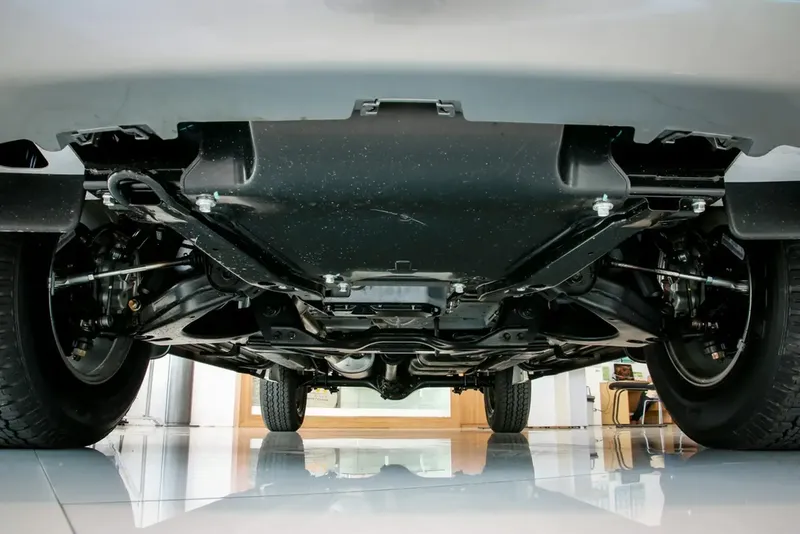How are laminates used in the manufacture of car bodies?
Laminates play a key role in modern passenger car body manufacturing, becoming a popular material in the automotive industry. Their lightness, strength and corrosion resistance contribute to better fuel efficiency and increased vehicle safety. It is worth exploring the use of laminates in the automotive industry to learn about their advantages and impact on the development of this sector.
Types of composite laminates
Various types of composite laminates, including fibreglass and carbon fibre, are used in the manufacture of passenger car bodies. Glass fibre is one of the most popular materials due to its low weight and good tensile strength. Carbon fibre, on the other hand, has even better mechanical properties, but its price is higher. These laminates are used both in structural elements, such as chassis and bodywork, and in decorative parts, e.g. door panels and dashboards. Thanks to them, vehicles become lighter, which translates into lower fuel consumption and better performance. Car body.
Resistance of laminates to external factors
Laminate products are distinguished by their high resistance to atmospheric and chemical factors, which makes them an ideal material for the production of passenger car bodies. This ensures that vehicles remain durable and safe for longer, even in difficult operating conditions. Resistance to UV rays, rain and snow translates into lower material consumption and less frequent repairs. Furthermore, ease of maintenance enables owners to keep their cars in good condition for many years. All this makes laminates increasingly popular in the automotive industry.



